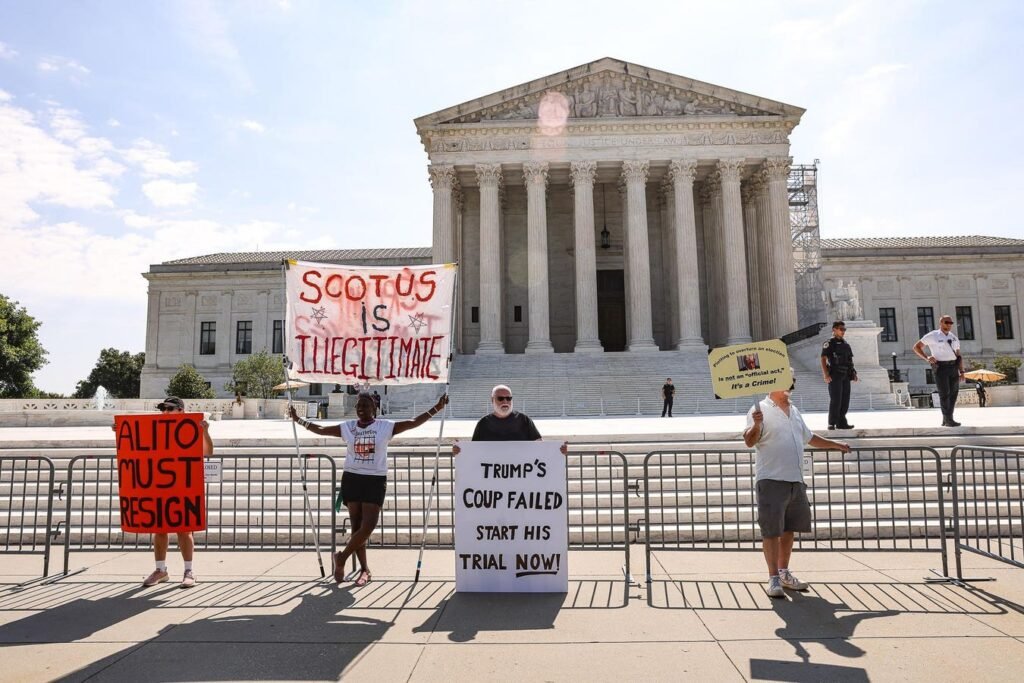The recent Supreme Court decision to reverse the Chevron doctrine in the case of Loper Bright Enterprises et al. v. Raimondo, Secretary of Commerce, et al. has far-reaching implications for consumers, corporations, the environment, and the rule of law. The Chevron doctrine, established in 1984, allowed administrative agencies to interpret ambiguous statutes, but the new decision argues that courts, not agencies, should have the final say on statutory ambiguities.
One major issue arising from this decision is that courts are experts in law, not other topics. This raises concerns about the ability of courts to accurately interpret technical regulations without the expertise typically found within regulatory agencies. Additionally, with numerous federal judicial districts and circuit courts, the potential for conflicting interpretations of regulations is high, leading to inconsistencies and unfair advantages for companies or individuals in different parts of the country.
The overturning of the Chevron doctrine also means there will be a significant increase in legal challenges, causing delays in resolving conflicts and creating uncertainty for companies trying to comply with regulations. This uncertainty can lead to higher costs in legal fees, as well as paralysis in strategic planning and risk management. Ultimately, consumers may end up paying the price for this regulatory uncertainty as companies pass on increased costs.
The Supreme Court’s decision to reform long-settled legal precedents and disrupt established regulations indicates a desire to reshape the legal landscape. With limited options for recourse, the legislative and executive branches may be unable to address the implications of this decision. As the legal system grapples with the fallout from the reversal of the Chevron doctrine, the full extent of its impact on businesses, individuals, and society as a whole remains to be seen.

